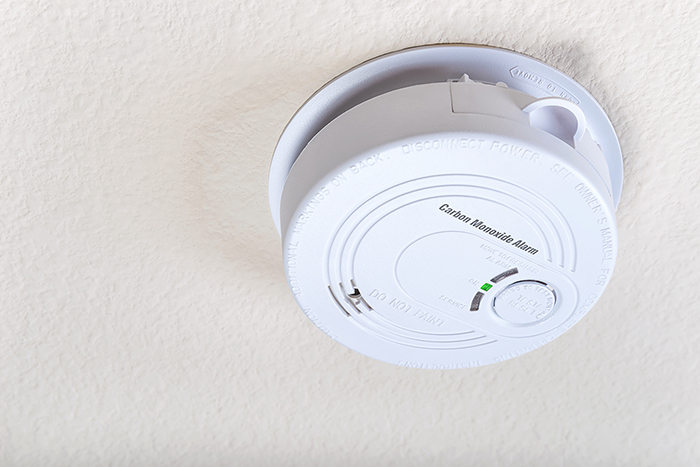Fire safety keeps going as Daylight Savings Time ends
October 31, 2022 – With the end of Daylight Savings Time on Sunday, November 6, residents are reminded to test smoke and carbon monoxide (CO) alarms when turning clocks back by one hour. Change the Hour, Check the Power. If necessary, replace the batteries or the entire unit. All alarms regardless of if they are powered by electricity or battery should be replaced after 10 years.
November 1-7 is Carbon Monoxide (CO) Awareness Week
Carbon Monoxide (CO) alarms are required in your home if you have a fuel-burning appliance, a fireplace or an attached garage. Fuel-burning appliances can include furnaces, hot water heaters, gas or wood fireplaces, portable fuel-burning heaters and generators, barbeques, stoves and vehicles.
“In Ontario, more than 65 per cent of injuries and deaths from carbon monoxide (CO) occur in the home,” said Fire Chief Dave Forfar. “You must have a working carbon monoxide (CO) alarm outside each sleeping area of the home if your home has a fuel-burning appliance, a fireplace or an attached garage. For added protection, install a carbon monoxide alarm on every story of the home according to manufacturer’s instructions.”
If you live in a condo or apartment building with a service room, carbon monoxide (CO) alarms must be installed in the service room and outside each sleeping area of all homes above, below and beside the service room. In condo or apartment buildings that have a garage, carbon monoxide (CO) alarms must be installed adjacent to each sleeping area of all homes above, below and beside the garage.
Carbon Monoxide Awareness Public Free Skate
Caledon Fire & Emergency Services is holding a Carbon Monoxide Awareness Public Free Skate and unveiling of the new Smoke and Carbon Monoxide Alarm on-ice messaging on Sunday, November 6, 2022, at the Caledon East Community Centre, from 2:30 – 4 p.m.
Residents are encouraged to come out for a free skate with Sparky the Fire Dog and learn about the importance of staying safe from carbon monoxide during Carbon Monoxide Awareness Week. Enjoy a free hot chocolate, meet your local firefighters, and tour the fire truck!
For more information on staying safe from carbon monoxide, visit Caledon.ca/CarbonMonoxideAlarms.
-30-

Backgrounder on Carbon Monoxide (CO) Awareness
| What is CO? |
|
| Prevent CO in your home |
Visit COSafety.ca to find a registered contractor near you. |
| Know the symptoms of CO |
|
| Know the sound of your CO alarm |
|
Residents are also encouraged to develop a home escape plan. Quite often there are less than two minutes to safely escape the toxic gases released from a fire burning in your home. All family members should know two ways out of each room and a meeting place outside of the home.
Learn more about fire prevention and download a home escape plan template: caledon.ca/fire.



 Subscribe to this page
Subscribe to this page